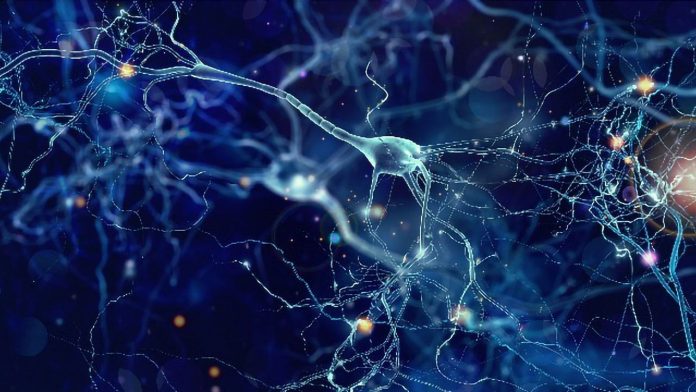Magnetic resonance imaging (MRI) can measure atrophy in the brain, enabling it to be an accurate predictor of multiple sclerosis (MS), say a study from the Buffalo Neuroimaging Analysis Center of the University of Buffalo.
Researchers say that his method is an improvement on current diagnostic methods that evaluate people at risk for MS.
The Multiple Sclerosis International Foundation says that MS affects more than 2 million people worldwide. Mylein, the protective layer of fatty tissue surrounding nerve cells in the spinal cord and brain, is attacked and damaged by the body’s immune system, causing the development of multiple sclerosis. The symptoms of multiple sclerosis include:
vision problems
Trouble with coordination or balance
muscle weakness
Loss of the ability to walk or speak in extreme cases
A short-term neurological episode known as a clinically isolated symdrome (CIS) happens to approximately 85 percent of people with MS. A diagnosis of MS is based on a number of factors such as their medical history, neurological examinations, a second clinical attack, and the detection of growing lesions.
“For some time we’ve been trying to understand MRI biomarkers that predict MS development from the first onset of the disease,” said Robert Zivadinov, M.D., Ph.D., FAAN, from the Buffalo Neuroimaging Analysis Center of the University at Buffalo in Buffalo, N.Y. “In the last couple of years, research has become much more focused on the thalamus.”
The thalamus is gray matter deep inside the brain that acts as a relay center for nervous impulses. Recent research has found that pediatric MS patients have atrophy of the thalamus and decreased thalamic volume loss.
“Thalamic atrophy may become a hallmark of how we look at the disease and how we develop drugs to treat it,” Dr. Zivadinov said.
The research investigated the association between the development of thalamic atrophy and the development of clinically definite MS. The constrast-enhaned MRIs of 216 CIS patients and follow-up scans after six months, one year, and two years were studied. Over a two year period, 02 of the 216 patients (42.6 percent) developed clinically definite MS. The only independent MRI measures associated with clinically definite MS were decreases in thalamic volume and increases in lateral ventricle volumes.
“First, these results show that atrophy of the thalamus is associated with MS,” Dr. Zivadinov said. “Second, they show that thalamic atrophy is a better predictor of clinically definite MS than accumulation of T2-weighted and contrast-enhanced lesions.”
“Thalamic atrophy is an ideal MRI biomarker because it’s detectable at very early stage,” Dr. Zivadinov said. “It has very good predictive value, and you will see it used more and more in the future.”
The research team continues to follow the study group, with plans to publish results from the four-year follow-up next summer. They are also trying to learn more about the physiology of the thalamic involvement in MS.
“The next step is to look at where the lesions develop over two years with respect to the location of the atrophy,” Dr. Zivadinov said. “Thalamic atrophy cannot be explained entirely by accumulation of lesions; there must be an independent component that leads to loss of thalamus.”








